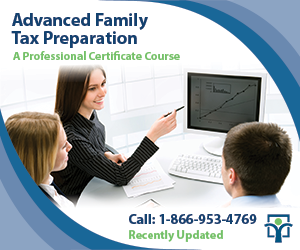Last updated: December 13 2017
Homes and Private Pensions Help Canadians Increase Net Worth

Canadians who focus on building their asset base will quickly grow their personal and family net worth – that’s the difference between the value of assets and the debt attached to them. Based on the December 7 release of the Survey of Financial Security for 2016, median net worth was up almost 15 percent to $295,100 over 2012 figures. The principal residence was the largest asset, followed by private pensions. But will this trend continue?
There are some interesting indicators: the first regarding the debt picture. Just under 30 percent of Canadian families were debt-free in 2016 and, no surprise, senior-led families were in the majority here: 58 percent of them were debt-free. What is surprising, however, is that this percentage is significantly down from 1999 when 72.6 percent of senior-led families were debt-free.
Greater numbers of seniors carrying debt into retirement is a disturbing trend as Canada’s population ages and, according to some sources, Canada is doing “almost nothing” to prepare for the implications. Helping seniors retire debt before they retire is a service professional advisors can be providing in the interim, because there are new risks on the horizon.
Consider that for those who owned their principal residence, the median reported value was $349,000, which is an increase of 10.3 percent since 2012 and double that of 1999. Mortgage equity has also risen significantly since 1999, at an average of $238,000 in 2016. This is an increase of 12.8 percent since 2012 and 115.2 percent higher than reported in 1999.
This is an important consideration now, in anticipating whether home values will hold up against new stress tests that will affect new home purchases and mortgage renewals over the next several years – just at a time when boomers may wish to put their larger homes on the market, and interest rates may begin to rise.
 |
Total mortgage debt has risen by 30.4 percent since 2012 and 196 percent since 1999, with 38.4 percent of Canadian families holding a mortgage. Those aged 34 and younger had the highest median mortgage at $219,000, which is more than double the amount held by seniors, according to the survey. In Canada today there are more than 5.4 million mortgages on principal residences and the average mortgage rate was 2.94 percent in 2016.
That’s where asset diversification can come in. It’s good to see that holdings in private pensions were the second-largest asset category for Canadians at 29.2 percent of all assets, rising 17.7 percent since 2012. This increase is primarily a result of growth in employer-sponsored registered pension plans, where median values rose 20.1 percent to $156,200.
Saving well can build on the output of human capital – to shore up financial considerations in anticipation of both retirements and changes in the economic cycles Canadians face going forward.
Evelyn Jacks is President of Knowledge Bureau, Canada’s leading educator in the tax and financial services, and author of 52 books on family tax preparation and planning.
Additional educational resources: Advanced Family Tax Preparation online course.
©2017 Knowledge Bureau Inc. All Rights Reserved.





